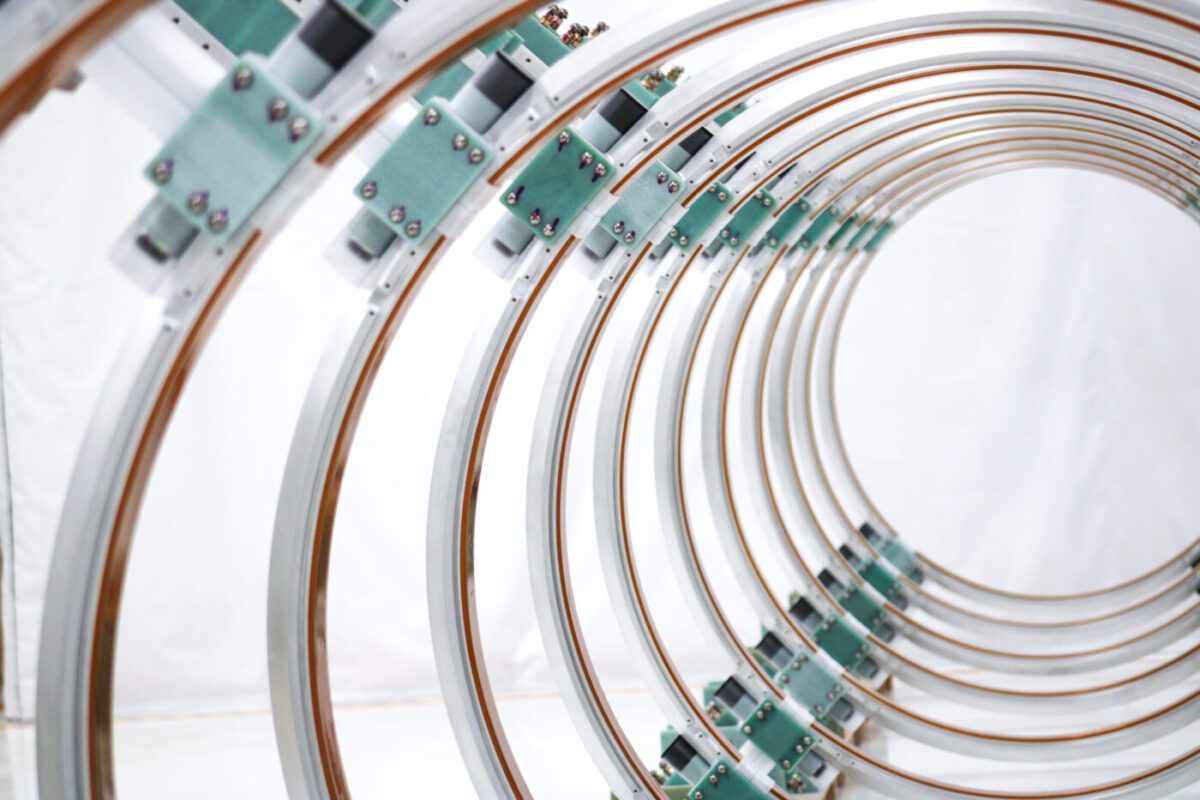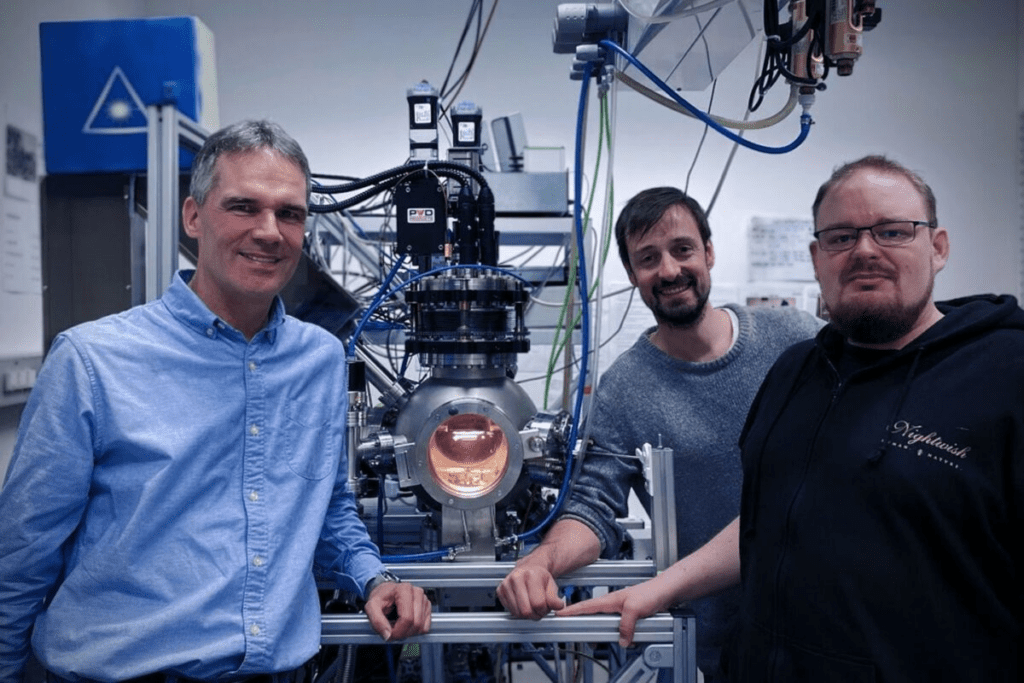Microsoft has signed an agreement to purchase electricity from a nuclear fusion generator, considered the holy grail of energy. Scientists have pursued for nearly a century the potential for a limitless source of clean energy known as hydrogen fusion.
According to an announcement, Helion Energy, a company aiming to deliver nuclear fusion, has entered into a power purchase agreement with Microsoft. The first commercial fusion generator in the world is planned to be connected to a power grid in Washington.
Exceeding the capacity of existing offshore wind farms, the goal is to generate a significant amount of power. It might be closer than previously believed for the timeline for integrating fusion energy into the power grid. Microsoft has signed an agreement with Helion Energy to buy 50 megawatts of electricity from their fusion power plant.
Helion’s power plant is expected to become operational by 2028. Owing to its potential to provide limitless power without greenhouse emissions, fusion is considered the holy grail of energy production. Recent breakthroughs in achieving net energy gain are the result of the decades-long pursuit by scientists of fusion energy.
Helion’s fusion prototypes have set records for energy output and operating temperature. Expected to be completed this year, the seventh prototype will be the first to convert fusion energy into electricity. Attention and skepticism have been garnered from experts about the audacious goal set by Helion.
Helion remains unfazed, though optimistic estimates for the development of a fusion power plant have varied. With quicker and safer construction, the regulatory environment for fusion reactors and power plants has become more certain.
A major challenge is presented by building a first-of-its-kind power plant within a short timeframe. A crucial role in overcoming this challenge is played by the partnership between Microsoft and the transmission operator Constellation. The use of a plasma accelerator to compress and heat the fuel is involved in Helion’s unique approach to fusion.
Similar Post
By making the systems smaller, cheaper, and more efficient, the machine is expected to recapture the electricity used. Failure to deliver the agreed amount of electricity to Microsoft will result in penalties being imposed on Helion. The necessary funding, including a significant investment from Sam Altman, CEO of OpenAI, has been secured by Helion.
With expectations for forthcoming publications and results, the announcement by Helion has generated excitement in the scientific community. With recent progress in achieving fusion ignition, the energy efficiency of fusion power is a crucial factor in making it a viable option. Fusion energy has challenges in the form of the availability of helium-3 fuel and its production in commercial quantities.
A process to produce helium-3 by using deuterium atoms has been patented by Helium. Aiming to make fusion-generated electricity comparable to or cheaper than existing power sources, affordability is a key aspect to consider.
Long-term clean energy goals and the advancement of the market for cleaner power generation are supported by the collaboration between Helion and Microsoft.


















